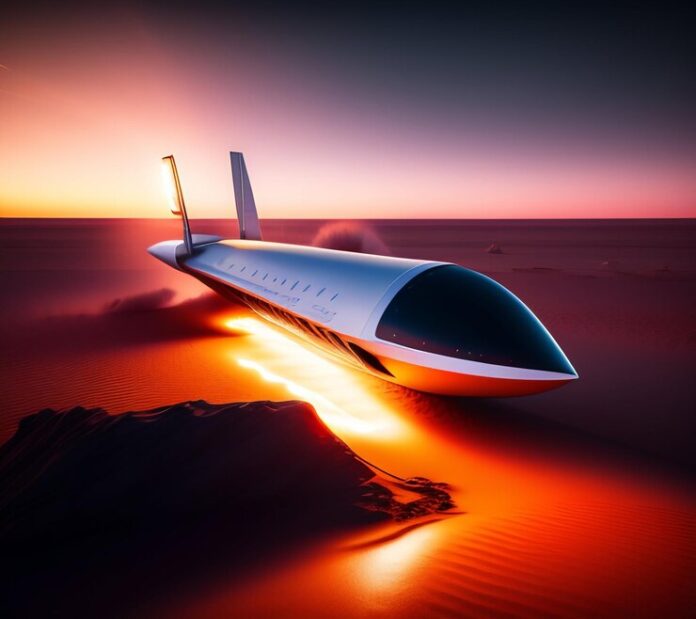In a significant leap forward for aerospace innovation, recent strides in hypersonic flight technology are set to revolutionize both civilian travel and military capabilities. Hypersonic flight, characterized by speeds exceeding Mach 5, is not just about breaking speed records; it promises to reshape how we approach global connectivity and national security.
The journey towards practical hypersonic flight has been marked by breakthroughs in propulsion, materials science, and engineering ingenuity. Engineers and researchers worldwide have been focused on developing engines capable of sustaining hypersonic speeds while ensuring reliability and efficiency. This includes cutting-edge scramjet engines that harness air to achieve incredible velocities, overcoming the challenges of extreme heat and pressure encountered at such high speeds.
Equally critical has been the advancement in materials technology. Lightweight yet heat-resistant materials such as advanced ceramics and composite alloys have enabled the construction of vehicles capable of enduring the intense conditions of hypersonic flight. These materials not only enhance structural integrity but also contribute to fuel efficiency and overall performance.
The implications of hypersonic flight extend beyond its potential to shrink the world for commercial travelers. Imagine reducing the flight time between continents to mere hours, making international travel faster and more accessible than ever before. Companies like Boeing and SpaceX are actively exploring the commercial applications of hypersonic jets, envisioning a future where global connectivity is redefined.
On the defense front, hypersonic technology offers strategic advantages in national security. Military applications range from rapid response capabilities to enhanced maneuverability, providing countries with crucial defensive edge in an increasingly complex global landscape.
Despite the promise, challenges such as safety, affordability, and environmental impact remain significant hurdles to overcome. Ensuring the safety of passengers and the sustainability of hypersonic travel are paramount as the technology moves closer to practical implementation.
As efforts continue to advance, the aerospace community stands on the cusp of a transformative era driven by hypersonic flight. The path from concept to reality is unfolding rapidly, promising to fundamentally alter how we travel, defend, and explore beyond Earth’s atmosphere.
In conclusion, hypersonic flight represents not just a technological milestone but a human achievement that could redefine the possibilities of air travel and national defense in the 21st century and beyond.




